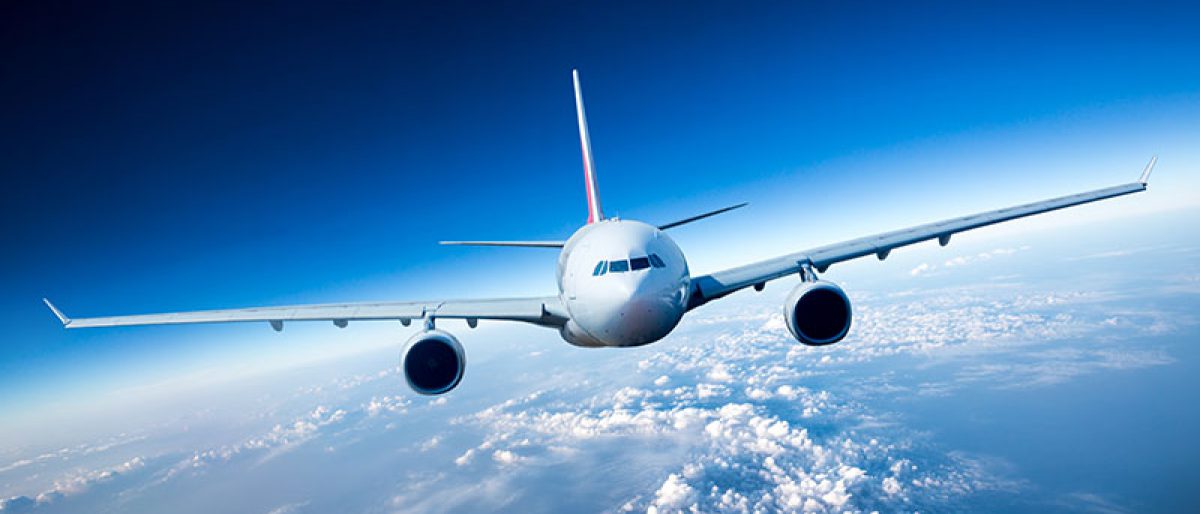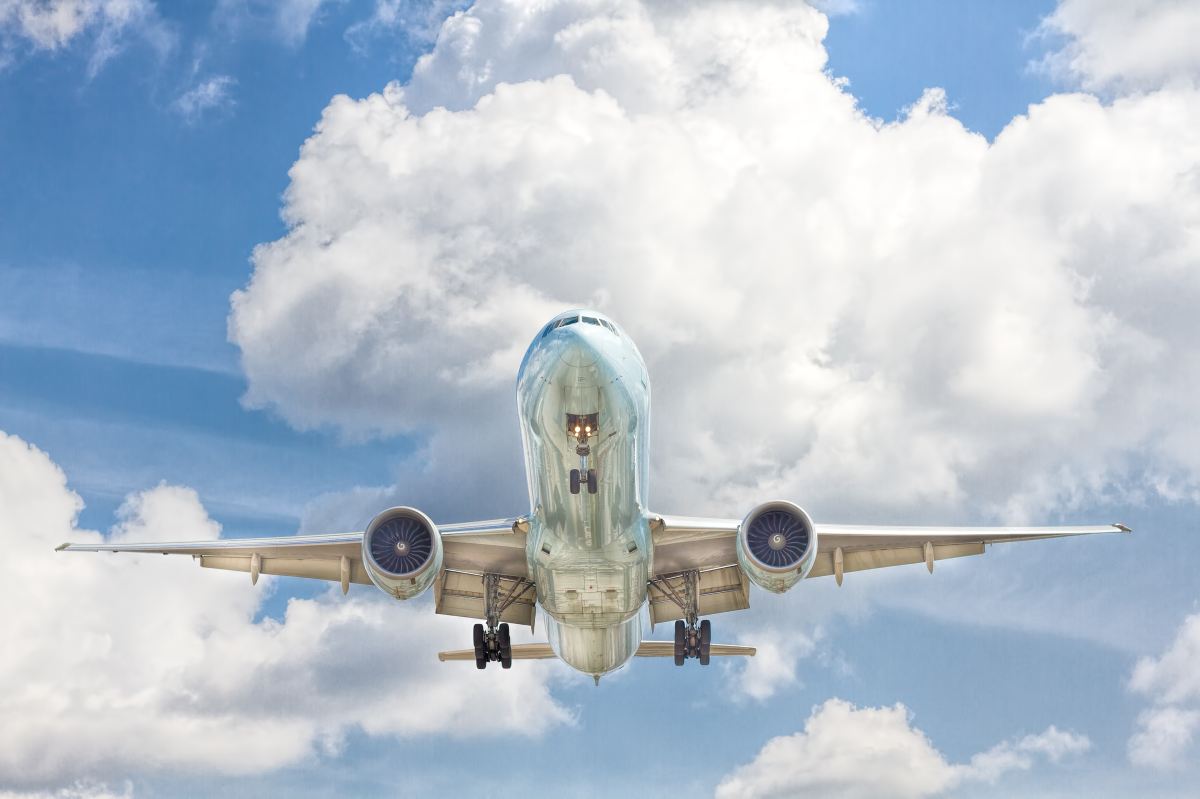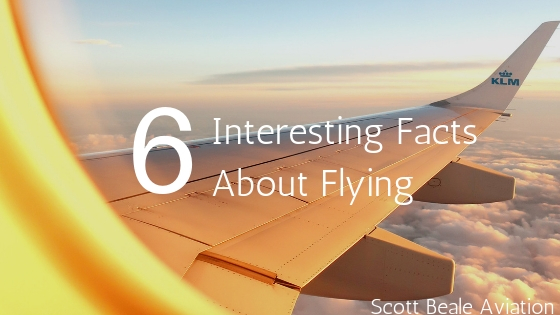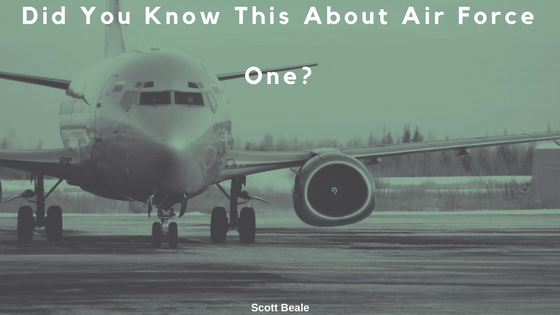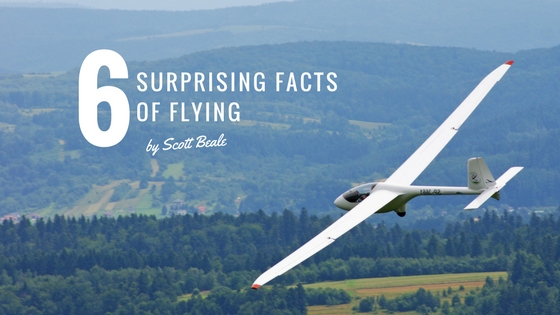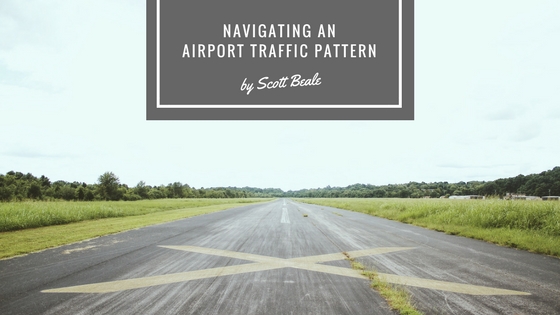Interested in aviation? Books and articles are great ways to learn more, but one of the best ways is to visit a museum to get some hands-on experience! Not only are museums more engaging, but they also provide you with invaluable experiential learning through seeing and doing. Museums exist to feed our curiosity and educate ourselves and future generations, and perhaps this list of some of the best aviation and aerospace museums in the country will inspire you to take flight.
Smithsonian National Air and Space Museum and the Steven F. Udvar-Hazy Center – Washington, DC
The National Air and Space Museum boasts 60,000 artifacts in its collection, including the 1903 Wright Flyer, the first successful aircraft. As one of the largest and most visited museums, it has reason to make it onto our list as one of the best. Visitors can sate their curiosity by viewing everything from pilot uniforms and spacesuits to engines and equipment. The satellite Udvar-Hazy Center is home to the Discovery shuttle and the Enola Gay bomber.
Kennedy Space Center Visitor Complex – Cape Canaveral, FL
If your love of aviation takes you to outer space, then the Kennedy Space Center is the perfect place for you. The center has a multitude of offerings, from numerous artifacts to astronaut training simulators. Visitors can learn more about NASA’s past and present work here. One of the most exciting things to experience at the Kennedy Space Center? If you’re lucky, you may get the chance to witness rocket and shuttle launches.
National Museum of the US Air Force – Dayton, OH
As the name would suggest, this museum’s focus is on military aviation. The National Museum of the US Air Force is the world’s largest and oldest aviation museum, and what’s more, it’s completely free to visitors! Among the things on display are a Missile Gallery and a Space Gallery. Exhibits here feature World War II, the Korean War, the Southeast Asia War, and the Cold War.
Museum of Flight – Seattle, Washington
The Museum of Flight is dedicated to teaching visitors about the importance of flight. With tens of thousands of artifacts, an interactive cockpit exhibit, and a 3D movie theater (and so much more), there is a little bit of everything pertaining to air and space under the roof of this museum.
Air Zoo – Kalamazoo, MI
Air Zoo is part museum and part indoor amusement park, providing a unique experience, especially for families with children. The historic air and space crafts and artifacts bring you up close and personal to these flying machines. If you’re looking for a thrill, book a bi-plane ride between July through September.
